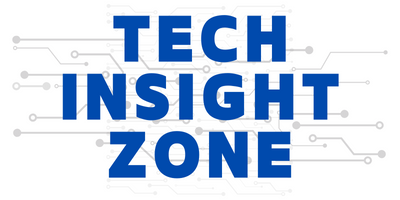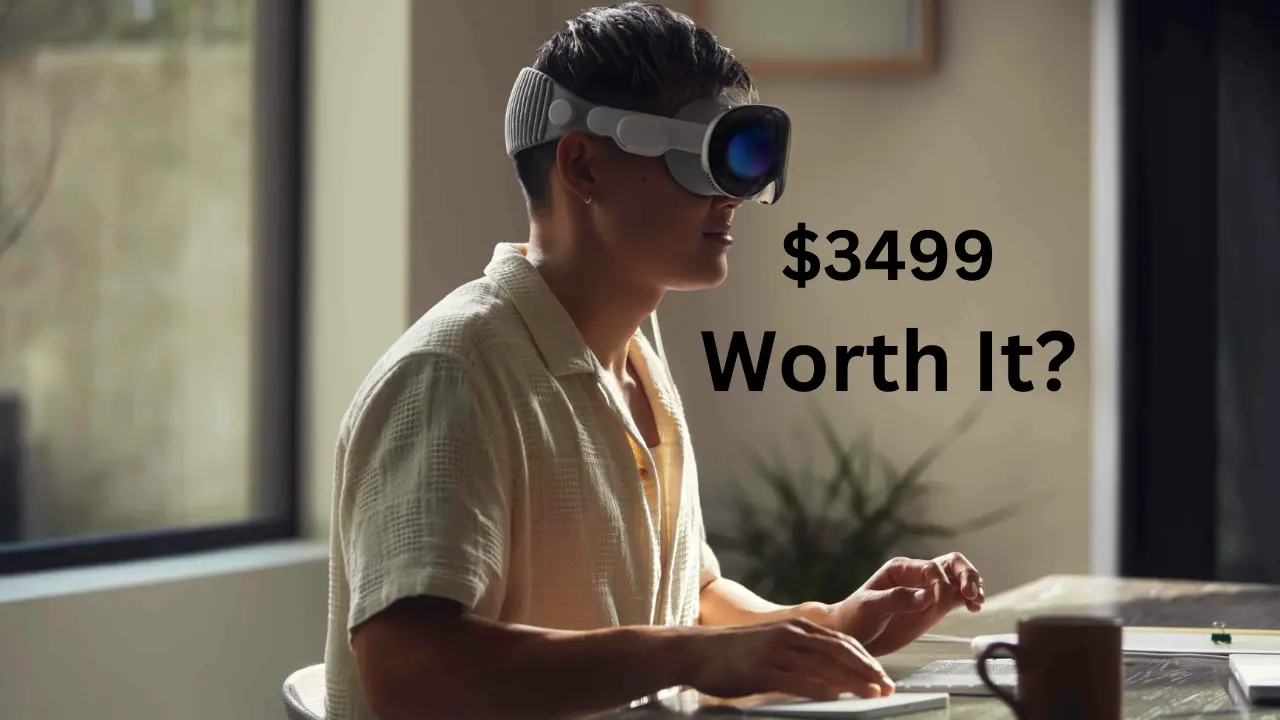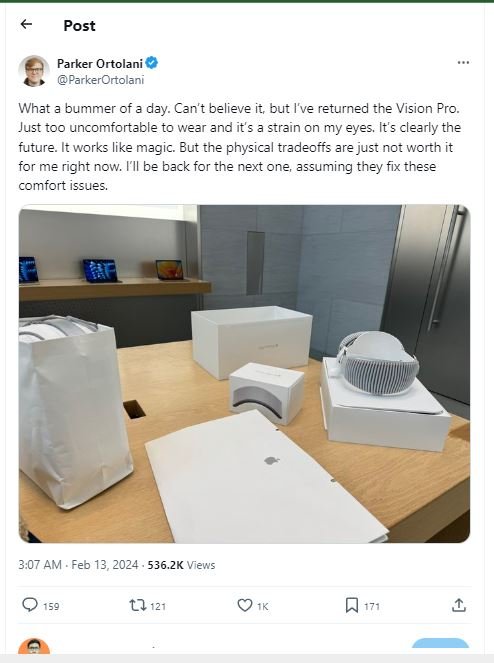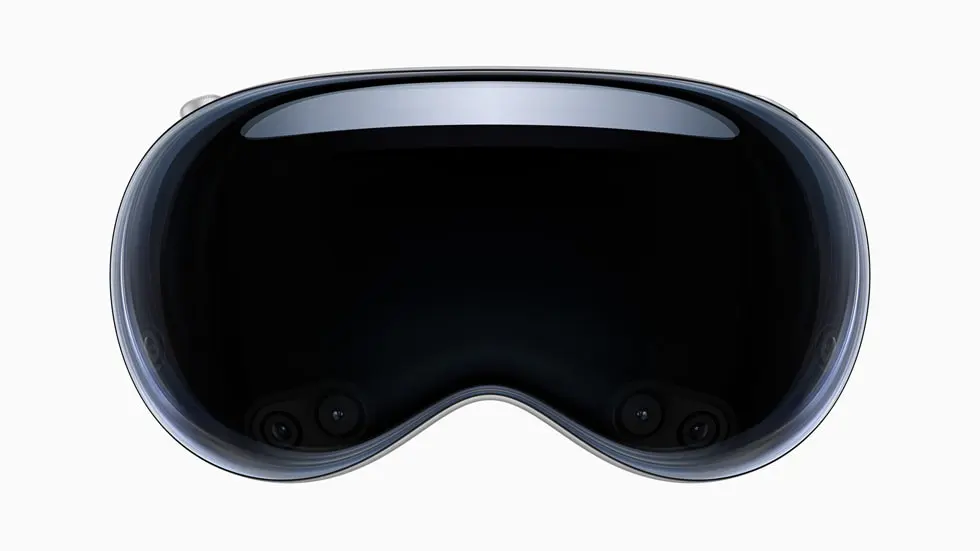Apple’s futuristic Vision Pro headset is facing a wave of returns just as the initial buying window closes.
While the US government’s warning against driving with AR headsets likely played a role for some, comfort issues, a lack of must-have apps, and unmet productivity expectations seem to be the main reasons.
Headaches and Eye Strain: Not a Fun Start
Many early adopters are complaining about feeling uncomfortable wearing the Vision Pro. Its bulky design, especially heavy at the front, is causing headaches, eye strain, and even motion sickness.
Some users, like The Verge’s Parker Ortolani, even reported eye problems. This highlights a challenge for wearable tech: one size doesn’t always fit all, and comfort can vary greatly between individuals.
Where’s the Killer App for Work?
For its hefty $3,500 price tag, users expect the Vision Pro to be more than just a cool gadget. But reviews and online comments point to underdeveloped features for work, with essential apps like Figma missing.
Some even get dizzy looking at certain content, and the limited game library isn’t impressing entertainment seekers. Phrases like “not convinced” and “not worth keeping” reflect the overall disappointment.
Safety Concerns Add Fuel to the Fire
While the government’s caution about using AR headsets while driving might have pushed some returns, it’s clear that comfort and app issues are the bigger concerns. This points to the need for comfortable AR headset designs, engaging and useful apps, and productivity features that work across different jobs.
It’s important to remember that these returning users are just a small group of early adopters, and their experiences might not represent the whole market.
Apple hasn’t revealed official return rates, and many users are still excited about future versions, suggesting their disappointment is with specific limitations, not the technology itself.
The Road to Success: Comfort, Apps, and Safety First
(Image- Apple)
The Vision Pro’s initial hiccups offer valuable lessons for the AR industry. Moving forward, comfort needs to be a top priority in AR headset design. Additionally, the industry needs to focus on creating “killer apps” that offer real value for work and everyday life.
Finally, making sure productivity features are user-friendly and cater to diverse needs is key. By addressing these issues, AR headsets can move from being early adopter toys to mainstream tools.
Beyond the Headlines: Digging Deeper
- Return Rate Reality: While official numbers aren’t out, researchers are trying to estimate the scale of the return wave. Looking at online trends could give us more insights into user sentiment and specific reasons for returns.
- Expert Views: Getting opinions from industry analysts, ergonomics specialists, and AR developers can offer valuable perspectives on design challenges, app development trends, and the overall future of AR.
- Competitor Comparison: Seeing how other AR headset makers are handling comfort, app development, and safety concerns can provide context and identify potential best practices for the industry.
By exploring these areas further, we can gain a deeper understanding of the challenges facing Vision Pro and the broader forces shaping the future of AR technology.
With careful attention to user feedback, continuous innovation, and a focus on creating truly practical applications, AR headsets like the Vision Pro have the potential to revolutionize how we interact with the world.
But remember comfort, compelling apps, and safety are still key hurdles that need to be overcome before AR can truly take center stage in our lives.
Furthermore, discover the dynamic clash between innovation giants as Mark Zuckerberg’s VR ambitions collide with the surge in returns of the Apple Vision Pro.
Dive into the intricacies of comfort, apps, and safety concerns influencing consumer decisions, and explore whether Zuckerberg’s advancements have influenced the fate of Apple’s cutting-edge technology.






